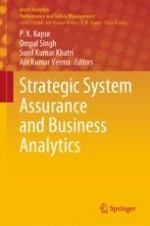2020 | OriginalPaper | Buchkapitel
14. Blind Quantitative Steganalysis Using CNN–Long Short-Term Memory Architecture
verfasst von : Anuradha Singhal, Punam Bedi
Erschienen in: Strategic System Assurance and Business Analytics
Verlag: Springer Singapore
Aktivieren Sie unsere intelligente Suche, um passende Fachinhalte oder Patente zu finden.
Wählen Sie Textabschnitte aus um mit Künstlicher Intelligenz passenden Patente zu finden. powered by
Markieren Sie Textabschnitte, um KI-gestützt weitere passende Inhalte zu finden. powered by
